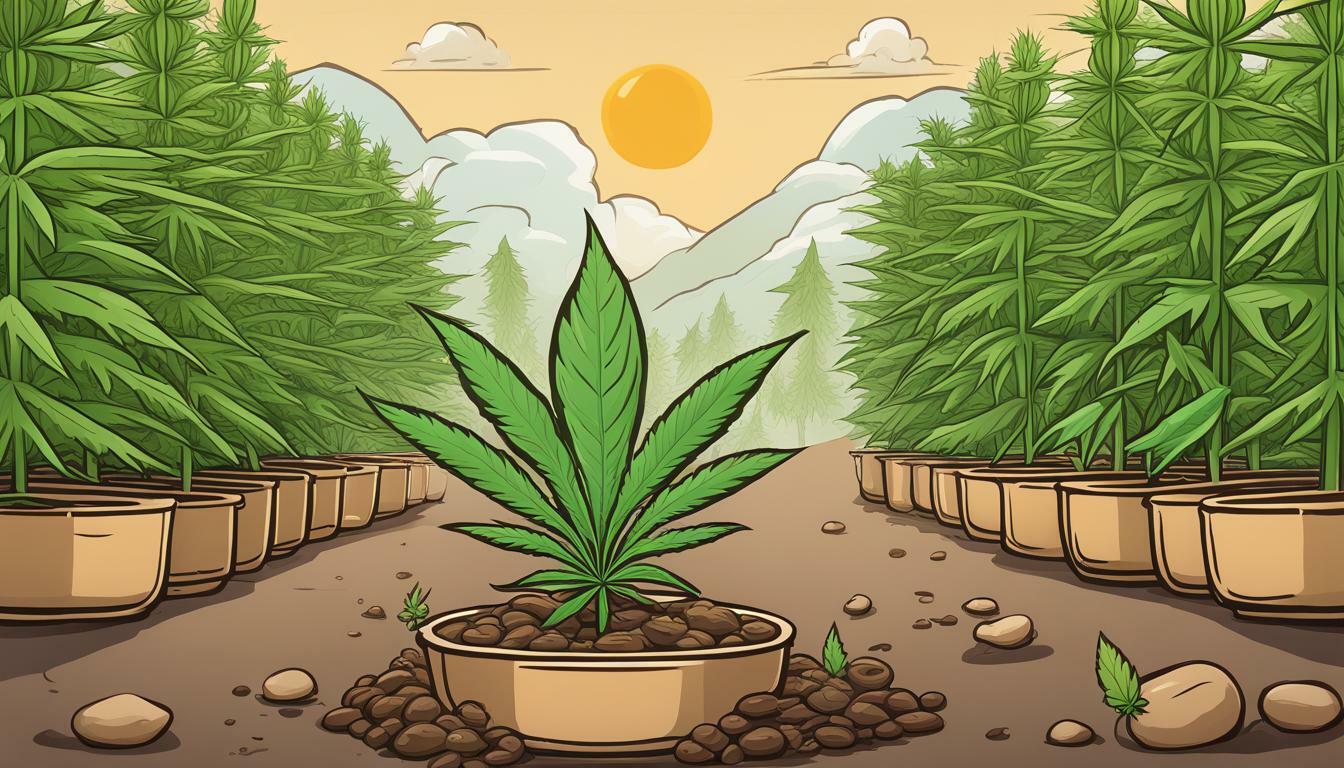
Cannabis and Wearable Tech: Monitoring Consumption and Effects in Real-Time
In today’s society, the responsible use of cannabis is becoming increasingly important. With the recent legalization of cannabis in many

As the global landscape surrounding cannabis rapidly changes, with more countries and states embracing its medicinal and recreational use, the need for stringent safety measures becomes increasingly vital. Together we’ll delve into the role that standards and regulations play in securing the safety and quality of cannabis products, which is crucial for consumer protection and fostering confidence in this burgeoning industry.
The first line of defense in ensuring the safety and quality of cannabis products is the implementation of Good Manufacturing Practices (GMPs). GMPs are a set of guidelines that outline the minimum requirements for the production, handling, and distribution of cannabis products. These practices help ensure that products are consistently produced and controlled according to predetermined quality standards.
Adhering to GMPs helps prevent contamination, mix-ups, and errors, ultimately ensuring that cannabis products are safe for consumption. Furthermore, GMPs cover all aspects of production, from the initial selection of raw materials to the final testing and packaging of products. By following GMPs, manufacturers can provide a level of assurance to regulators, retailers, and consumers that their products meet high-quality standards.
Another critical component of maintaining safe cannabis products is the establishment of robust testing protocols. These protocols serve to analyze and verify the safety, potency, and purity of cannabis products. As a part of these protocols, products are tested for various factors, including:
These testing protocols provide a framework for manufacturers to identify and address any potential issues with their products, ensuring that they are safe for consumers.
Compliance with state and federal regulations is an essential aspect of maintaining safe cannabis products. As the legal landscape for cannabis continues to evolve, so do the regulations that govern the industry. These regulations may vary by location but often include requirements for licensing, labeling, packaging, and marketing of cannabis products.
By complying with these regulations, manufacturers demonstrate their commitment to consumer safety and industry best practices. Additionally, staying up-to-date with changes in the regulatory environment helps companies avoid potential fines and penalties that could result from non-compliance.
The role of standards and regulations in maintaining safe cannabis products is essential for the continued growth and success of the industry. By implementing Good Manufacturing Practices, establishing robust testing protocols, and complying with state and federal regulations, manufacturers can ensure that their products are safe, reliable, and of the highest quality. These measures not only protect consumers but also contribute to the legitimacy and trustworthiness of the cannabis industry as a whole.

In today’s society, the responsible use of cannabis is becoming increasingly important. With the recent legalization of cannabis in many

As the cannabis industry continues to grow and evolve, new technologies are emerging to enhance the shopping and education experience.

The cannabis industry is booming, with legal and medical cannabis becoming more widely accepted and available. However, concerns over product